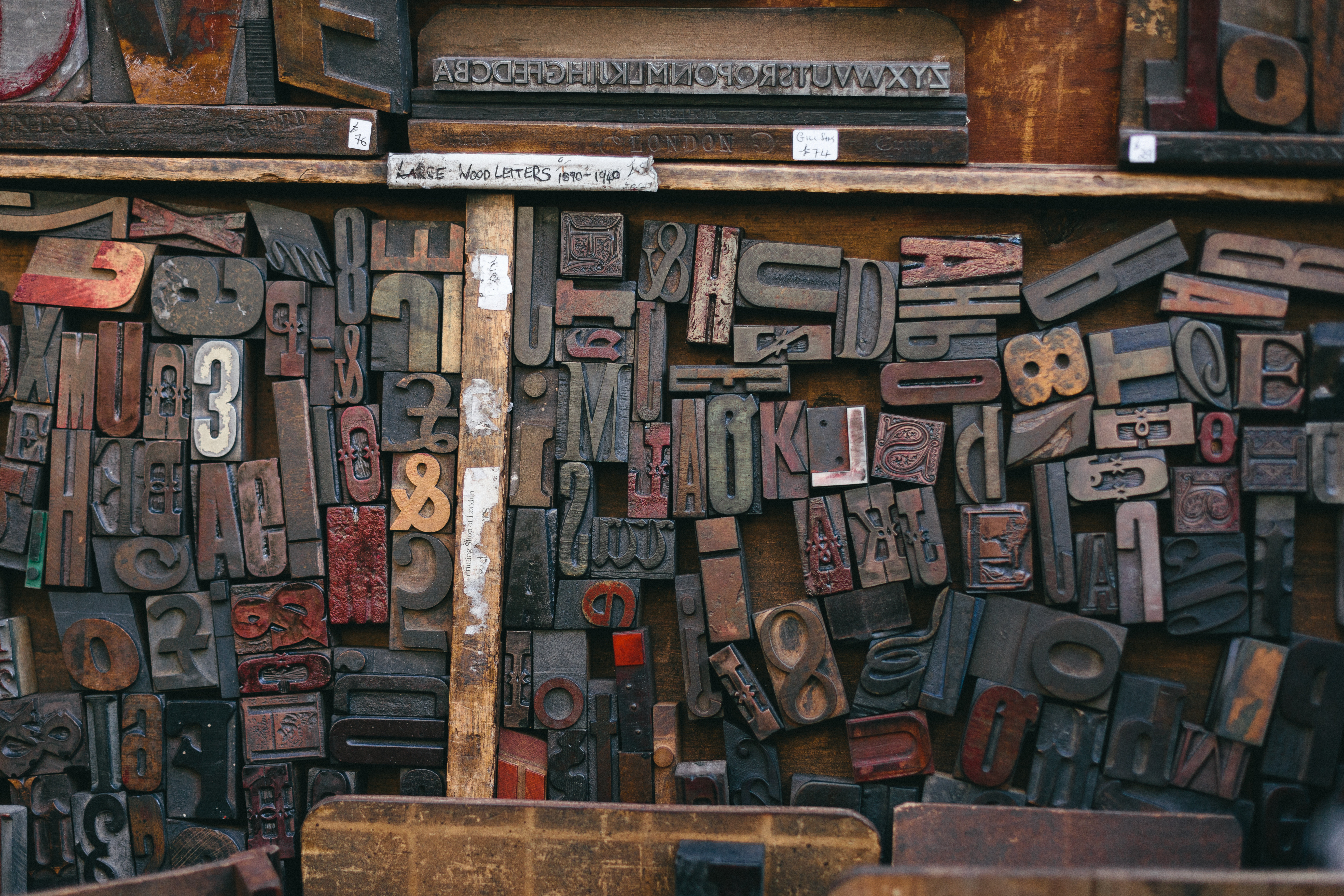Key terms every graphic designer should know
Whether you're a newbie, student or just in need of a refresher, read this guide.
Whilst offset printing is the most common method, for smaller runs or jobs on different media you may encounter different types of printing methods. So let’s look at what they are, what they entail and how you’d usually supply your job.
Offset printing
This is the most common type of printing for bigger jobs – especially in publishing – where the inked image is transferred from a plate to a rubber blanket, and then onto the printing surface. You’ll usually supply your files to the printer as PDFs (making sure you check the Separations panel), before they make them into separate CMYK plates for printing (with Cyan, Magenta, Yellow and Black all being applied separately).
Digital printing
Simple this one – and what you’ll get if you submit your job to a high street printer or specialist shop. It's exactly the same as printing at home or in the office, but probably better quality (unless you have a top-of-the-line inkjet at your disposal). If you’re doing a lot of printing work for small-scale jobs it might be worth investing in a high-end inkjet – not just because you’ll save money, but because you can finely control the colour calibration from screen to output.
See our post on the best printers in 2018 for your home office.
Flexography
If you’re printing on plastic for medium or large runs, it’s likely you’ll use flexo printing. Basically, flexo printing uses quick-drying ink on flexible plates wrapped around rotating cylinders. The substrate – the material you're printing on – is often supplied in large rolls, meaning the press can run with minimal interruptions.
There are limitations to what you can print. Type smaller than 4 points is pretty much a no-go; reversed type also doesn’t work very well. And four-colour photos aren’t going to look anywhere near as sharp as when using digital or offset printing.
The best thing to do? Visit your printer before and during the printing process. You’ll often supply an underpin plate as well as your CMYK PDF – anywhere your plastic is transparent won’t need an underpin; anywhere you want to print on will.
Get the Creative Bloq Newsletter
Daily design news, reviews, how-tos and more, as picked by the editors.
Letterpress

This is a bit more old-school, and you’ll only use it if you want to try your hand at this craft. Essentially, it’s a relief printing method, where blocks of moveable type are locked into a bed, inked and then raised against a continuous roll or sheet of paper. The likes of Alan Kitching (check out his book, A Life in Letterpress), Anthony Burrill and Erik Spiekermann have been responsible for the resurgence of letterpress printing in recent times.
Screenprinting
If you’re looking to print on fabric – perhaps a T-shirt design or similar – screenprinting is the way to go. Simply put, you use a mesh to transfer ink onto your material (by forcing it through), blocking off the areas you don’t want to print using a stencil. Each colour has to be applied separately, so it can be quite a costly process. It's great for blocks of colour, but not so great for fine details.
Soft and hard proofs
What’s the difference between a soft proof and hard proof? Well, it’s simple. A soft proof is a proof on your monitor – usually a PDF file supplied by the printer before printing starts. A hard proof is an accurate on-paper proof of how your job will look when printed. It’s always – no exceptions – best to ask for a hard proof from your printer, even if it’s a repeat job or you’ve worked with the printer before. You can even get hard proofs of jobs with spot colours. But be prepared to pay or factor this into your client's fees.
Related articles:

Thank you for reading 5 articles this month* Join now for unlimited access
Enjoy your first month for just £1 / $1 / €1
*Read 5 free articles per month without a subscription

Join now for unlimited access
Try first month for just £1 / $1 / €1

Rob is editorial, graphic design and publishing lead at Transport for London. He previously worked at Future Publishing over the course of several years, where he launched digital art magazine, ImagineFX; and edited graphic design magazine Computer Arts, as well as the Computer Arts Projects series, and was also editor of technology magazine, T3.
